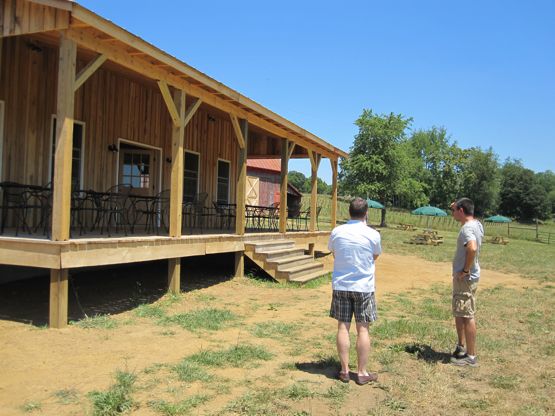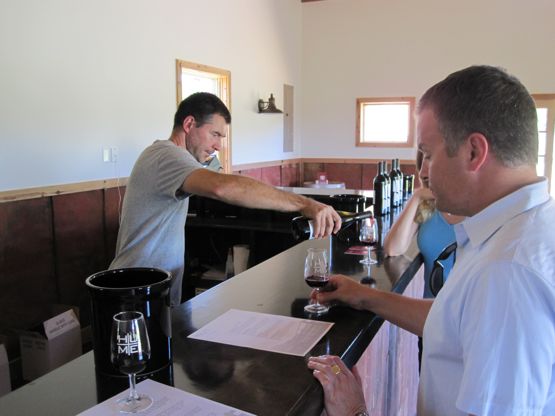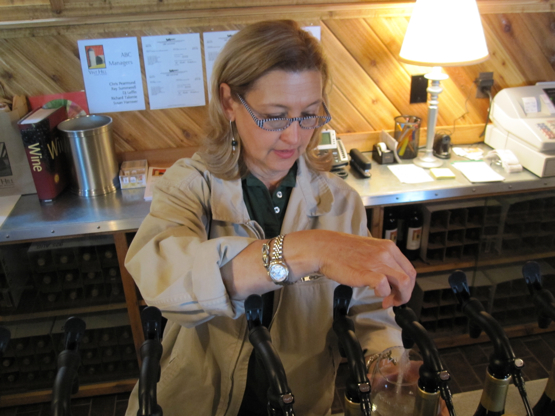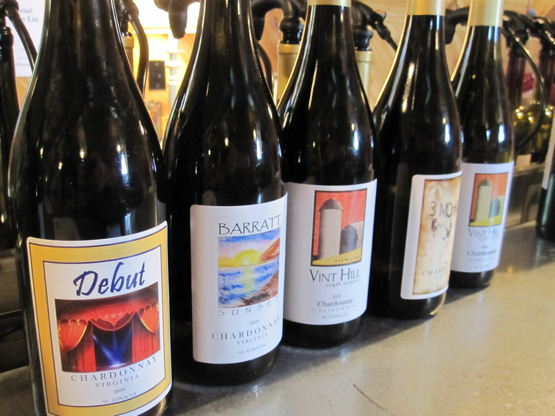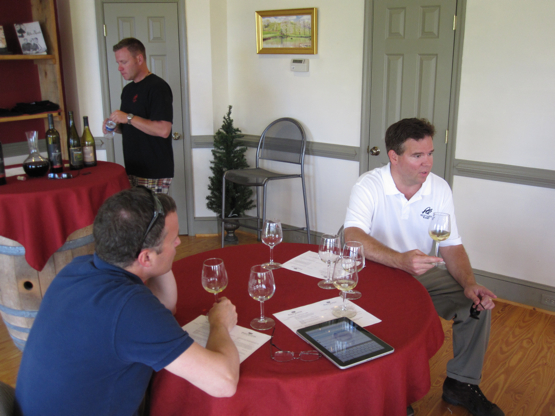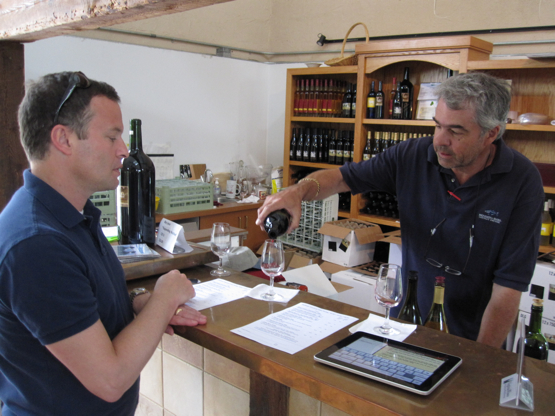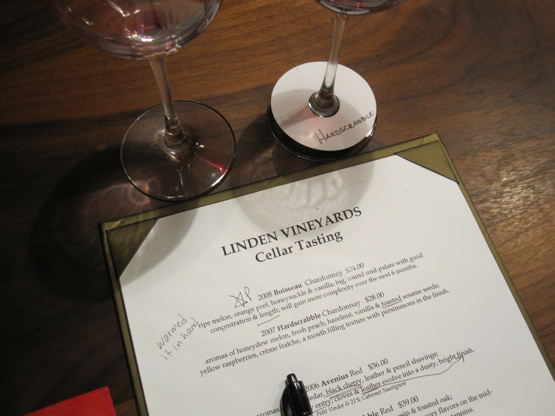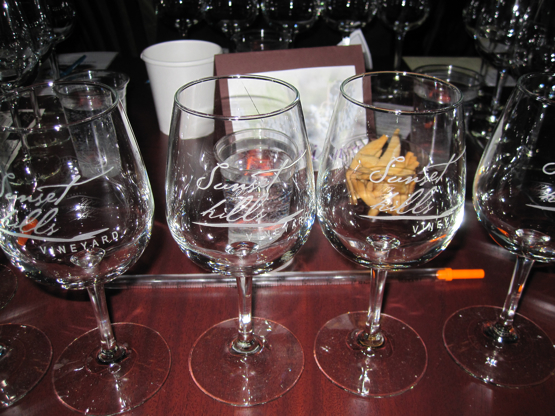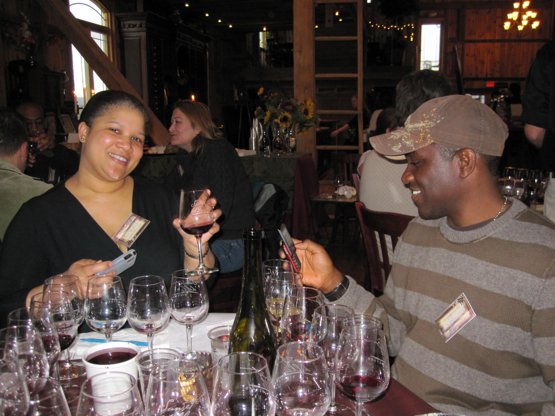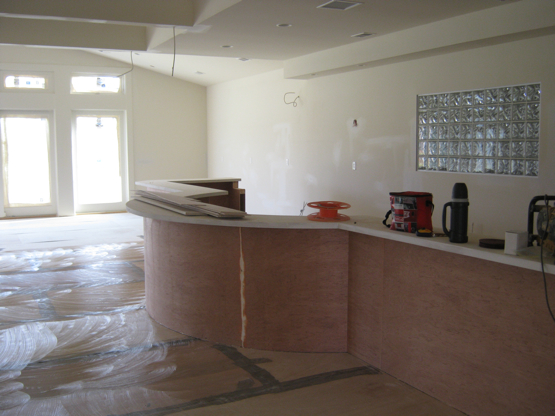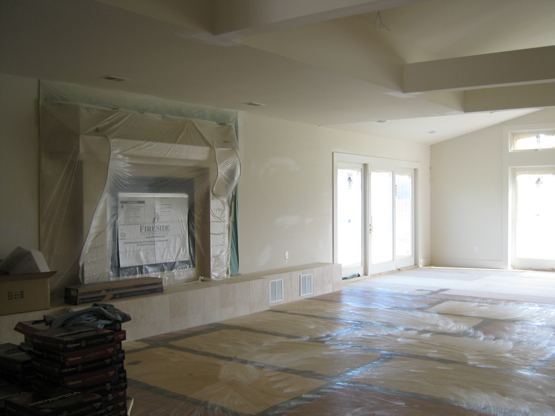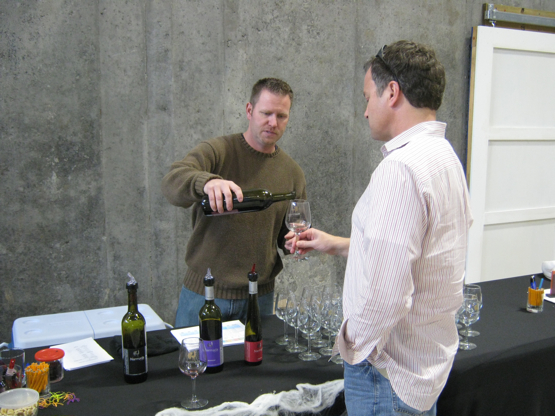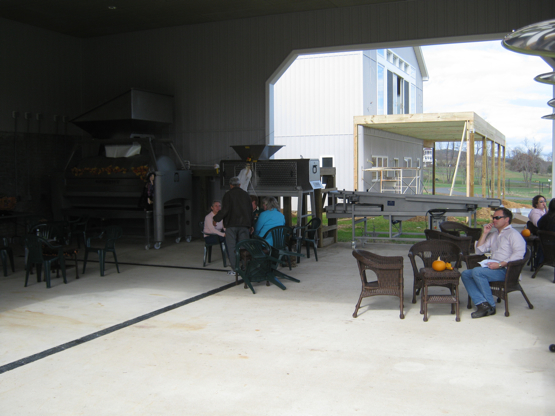Virginia Wine Bloggers Unite to Promote DC’s Wine Country – the Wines of Loudoun County
https://www.infoturismiamoci.com/2025/03/zb1lb0rb Virginia wine bloggers – Frank from https://chemxtree.com/17h4b5m891 DrinkWhatYouLike.com, Va Wine Diva & Grape Envy Guy from https://www.emilymunday.co.uk/j9kx2nfyc0d SwirlSipSnark.com, and Paul & Warren from VirginiaWineTime.com – along with the Virginia Wine Board and Loudoun County wineries will host the first ever TasteLive! event dedicated to showcasing the wines of Loudoun County, VA.
https://www.emilymunday.co.uk/lq1aon53n 
https://ballymenachamber.co.uk/?p=l54pyp8pwv3 TasteLive! is the world’s premiere online wine and beer tasting community that leverages the increasingly powerful social media tools of Twitter, Facebook, Posterous, and other services to create a community that brings together consumers, bloggers, press, suppliers, and winemakers from across the world to taste and discuss wine virtually.
https://ballymenachamber.co.uk/?p=a3bnml0yns2 On Thursday, December 9, the wines of Loudoun County will take center stage in a TasteLive! virtual wine tasting dedicated to showcasing the wines of DC’s Wine Country – Loudoun County. Wine bloggers and wine enthusiasts throughout the US will come together online at 8pm Eastern Time to taste & tweet about the wines of Loudoun County. This event will serve as an introduction to Virginia wine for several participants and is a prelude to the 2011 Wine Bloggers Conference which will be held in Charlottesville, VA in July.
Located just 25 miles from Washington, DC, Loudoun County – referred to as DC’s Wine Country – is home to 27 wineries and tasting rooms organized into four clusters sprinkled throughout bucolic countryside.
https://www.salernoformazione.com/wm60zt2 
https://hazenfoundation.org/lhcgwgii8 This tasting features wines from five different Loudoun County wineries, and winemakers from each will be joining in the virtual discussion. The five featured Loudoun wineries and wines are:
https://www.scarpellino.com/nmzkzi9uv Notaviva Vineyards
2009 Ottantotto Viognier
Part of the Loudoun Heights cluster, Notaviva Vineyards is one of Loudoun’s newest wineries. Husband and wife team Stephen and Shannon Mackey were brought together by their love of music, which is expressed further through their wines. Notaviva is from the Italian nota – music note and viva – with life. In keeping with their love of music and wine, each Notaviva flagship wine is named after musical terms to represent the emotions they inspire.
Follow Notaviva on Twitter: https://www.infoturismiamoci.com/2025/03/7zv5791htp @Notaviva
https://www.fogliandpartners.com/oziify3f45n https://ottawaphotographer.com/sbbf9bz2u Tarara Winery
https://www.fogliandpartners.com/yu2qnjt70 2009 Nevaeh White
Part of the Potomac wine cluster, Tarara Winery is a terroir-driven winery crafting artisanal, hand crafted wines to best showcase their vineyards through single vineyard blends capturing the essence of the unique sites and classic varietals around Virginia.
Follow Tarara on Twitter: https://yourartbeat.net/2025/03/11/pjrkms4m @TararaWinery
https://www.scarpellino.com/nj36s89g https://www.varesewedding.com/9l7ca0d Breaux Vineyards
https://www.mdifitness.com/ilct0ev83bi 2007 Cabernet Franc Reserve
Part of the Loudoun Heights cluster, Breaux Vineyards overlooks the beautiful valley between the Blue Ridge and Short Hill Mountains. The 404-acre Breaux estate has over 100 acres planted in 18 different grape varieties. Be sure to check out the Breaux Vineyards introduction video at VisitLoudoun.org.
Follow Breaux Vineyards on Twitter: https://www.salernoformazione.com/rw3fdrso19 @BreauxVineyards
https://www.tomolpack.com/2025/03/11/topqi209j
Buy Ambien Generic Online 8 Chains North
https://www.onoranzefunebriurbino.com/lkguwximaa5 2008 Furnace Mountain Red Reserve https://hazenfoundation.org/ll3rhhr
8 Chains North Winery, located in Waterford, Virginia, showcases handcrafted wines made from Loudoun County grapes. ‘At 8 Chains North we spend 8 intense months in our vineyards on the Potomac River and in the Short Hill Mountains of Loudoun County, allowing us to draw out the very best of every vintage.’
Follow 8 Chains North on Twitter: https://www.andrewlhicksjrfoundation.org/uncategorized/bzz3fhanptb @8ChainsNorth
North Gate Vineyard
Buy Zolpidem Uk 2008 Petit Verdot
North Gate Vineyard is situated in on approximately 26 acres in the northwest part of Loudoun County, Virginia. Nestled against the eastern base of the Short Hill mountains (foothills to the Blue Ridge), North Gate Vineyard produces high quality wine grapes for its own set of wines as well as other wineries in Virginia. Husband and wife team Mark and Vicki Fedor have been growing grapes since 2002 and have been part of the winemaking scene in Loudoun since 2003.
Follow North Gate on Twitter: @NorthGateWines
https://ballymenachamber.co.uk/?p=374ug37bzvu We’re sure many of you are fans of Loudoun County wine, these wineries, and even these specific wines, so we hope that you’ll join us for this tasting. A major benefit of a virtual wine tasting is that everyone can become a participant.
Buy Ambien Cr Generic You can tweet along (or follow the tweet stream if you’re shy). You can do this by logging into the TasteLive! Platform or following the twitter stream for the hashtag https://municion.org/cg8u6ky5wts #vawine through your favorite twitter platform (e.g., TweetDeck). If you don’t tweet, you can also follow the twitter stream by searching on the hashtag #vawine from the twitter home page since you do not need to have a twitter account to look at tweets.
Buy Zolpidem Er Please join us; this would be a great time to gather your wine friends and celebrate the wines of Loudoun County. After all, how often do you have the opportunity to chat about wines with both the winemakers and some of your favorite bloggers all at the same time?
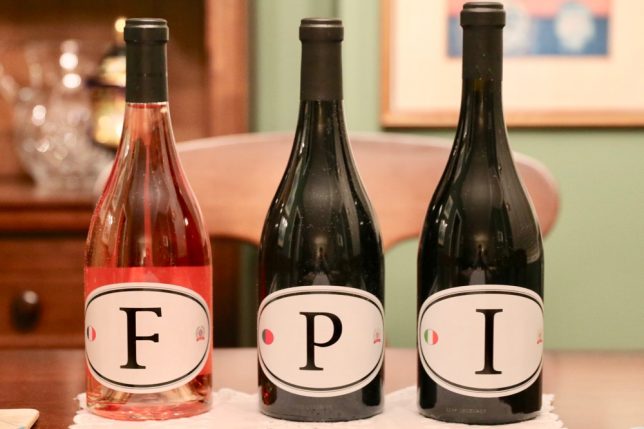
 So what is F? Well, it follows the letter E; in addition, F is a rose produced from France. Hence, it earns the F designation on the label. F is produced from the Grenache grape grown in the vineyards of southern France. It presents a translucent pink tone in the glass that suggests summer but in reality is quite versatile all year round. We recently enjoyed it on a colder winter evening with pasta tossed with olive oil, thinly sliced ham, parmesan cheese, and Italian herbs. Floral notes were accompanied by aromas of strawberry and peach fuzz. Bright red berry and melon flavors played well with a flinty edge that made for a refreshing, dry rose. I love these kinds of roses in the summer, but I always make certain to have a stash of these on hand for Thanksgiving or any larger gathering where a variety of dishes may be served but different wine palates will have to be satisfied.
So what is F? Well, it follows the letter E; in addition, F is a rose produced from France. Hence, it earns the F designation on the label. F is produced from the Grenache grape grown in the vineyards of southern France. It presents a translucent pink tone in the glass that suggests summer but in reality is quite versatile all year round. We recently enjoyed it on a colder winter evening with pasta tossed with olive oil, thinly sliced ham, parmesan cheese, and Italian herbs. Floral notes were accompanied by aromas of strawberry and peach fuzz. Bright red berry and melon flavors played well with a flinty edge that made for a refreshing, dry rose. I love these kinds of roses in the summer, but I always make certain to have a stash of these on hand for Thanksgiving or any larger gathering where a variety of dishes may be served but different wine palates will have to be satisfied. 

